Introduction to Sedum Transplantation
Welcome to the world of Sedum, those robust, charming succulents that add a splash of color to your garden throughout the year. But, much like arranging your living room for the best flow or finding the perfect spot for your favorite chair, timing is everything when it comes to giving your Sedum a new home. So, let’s dig into the “when” and “how” of shaking things up for these delightful plants.
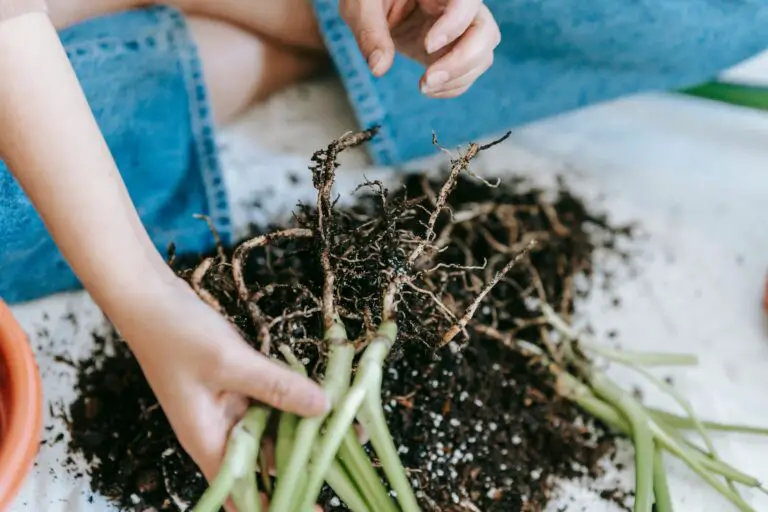
Consider the shy yet resilient Sedum. It’s not just about uprooting and plunking them down elsewhere. You’ve got a multitude of factors at play— from the temperature outside to the plant’s growth cycle. Have you noticed how Sedum perks up with the cool embrace of spring or how it seems to hold its breath during the scorching summer? It’s these subtle hints that nature offers which guide the gardener’s hand.
Let’s say you have a Sedum spectabile, lounging in your rock garden. It’s been thriving beside the bird bath, being the poster child for “low maintenance”. But now, you’re envisioning a renovation that involves a whole new scenery for your green buddy. This is where the plot thickens, and knowing the right practices for succulent care becomes your ace in the hole. The season whispers secrets that only an attentive gardener can catch—secrets that spell the difference between a stressed-out Sedum and one that flourishes in its new locale.
Imagine the ideal scenario – it’s a cool, overcast day, the kind that promises gentle acclimation for sun-loving succulents. You, the savvy sedum shepherd, choose this perfect moment. With precise yet tender gestures, akin to a maestro leading an orchestra, you begin the transplantation symphony, attuned to every need of your leafy charges.
Stay tuned as we continue this journey and delve deeper into the rhythm of Sedum transplantation, ensuring your succulent companions not only survive but thrive in their new homes.
Understanding Sedum Growth Habits
Picture this: it’s a calm, sunny day, and you’re in your garden admiring a particularly lovely sedum. It’s thrived all spring and summer, but now, as the seasons change, so must your approach. Understanding the growth cycles and seasonal patterns of your beloved sedum is the key to perfect transplants. Let’s dig into the life of a sedum and ensure it continues to be the star of your succulent collection.
Sedum species, with their fleshy and picturesque leaves, do more than just sit pretty in your garden—they tell a story. A story of sprouting enthusiasm in spring, summer’s lush crescendo, autumn’s thoughtful preparation, and winter’s quiet dormancy. But don’t just take my word for it; dive deeper into their growth cycles and see for yourself the drama unfold. These cycles aren’t just academic; they’re the roadmap to knowing the ideal times to make a move.
When the temperature starts to drop, or the light wanes, our green friends enter a state of dormancy. Think of it like their cozy hibernation phase. During this time, their metabolic activities slow down to a minimalist’s dream. This dormancy period, contrary to what might seem like a time of rest, is the perfect window for transplantation.
Bear in mind, the timing can be as unique as the plants themselves. An autumn transplant, just as the plant settles in for its winter nap, can work wonders. Yet, certain sedum varieties H3 prefer the fresh start of early spring when their energy is revitalizing. Seeking advice from a seasoned gardener can help pinpoint this moment for your particular sedum. If this has piqued your curiosity, be sure to explore more succulent care insights here, away from our dive into sedum specifics.
But really, how does one transplant these resilient beauties? Ahem… here comes the fun part—roll up your sleeves and prep for some plant therapy. Transplanting sedum isn’t just a chore; it’s an interactive way to engage with your plant’s life cycle. Check out this video that showcases some golden nuggets of wisdom on maneuvering through the transplanting process:
They’re not demanding but do require a mindful touch. With the right timing, your sedum won’t just survive; it’ll flourish, giving you a garden that’s both a personal oasis and a neighborhood gem.
Ideal Seasons for Transplanting Sedum
Anyone with a soft spot for succulents knows that the sedum, with its captivating geometry and rugged resilience, is a standout in the plant world. But when is the best time to give these hardy beauts a new abode? Let’s decode the ideal seasons to execute the great sedum shuffle, shall we?
Spring forward and autumn awe – that’s the sedum transplant mantra! These are the golden gates of opportunity for your green friends. Spring’s cool but sunny embrace is perfect for these succulents to root and rise, absorbing all the nutrients they need to grow strong without the harsh hustle of midsummer’s heat.
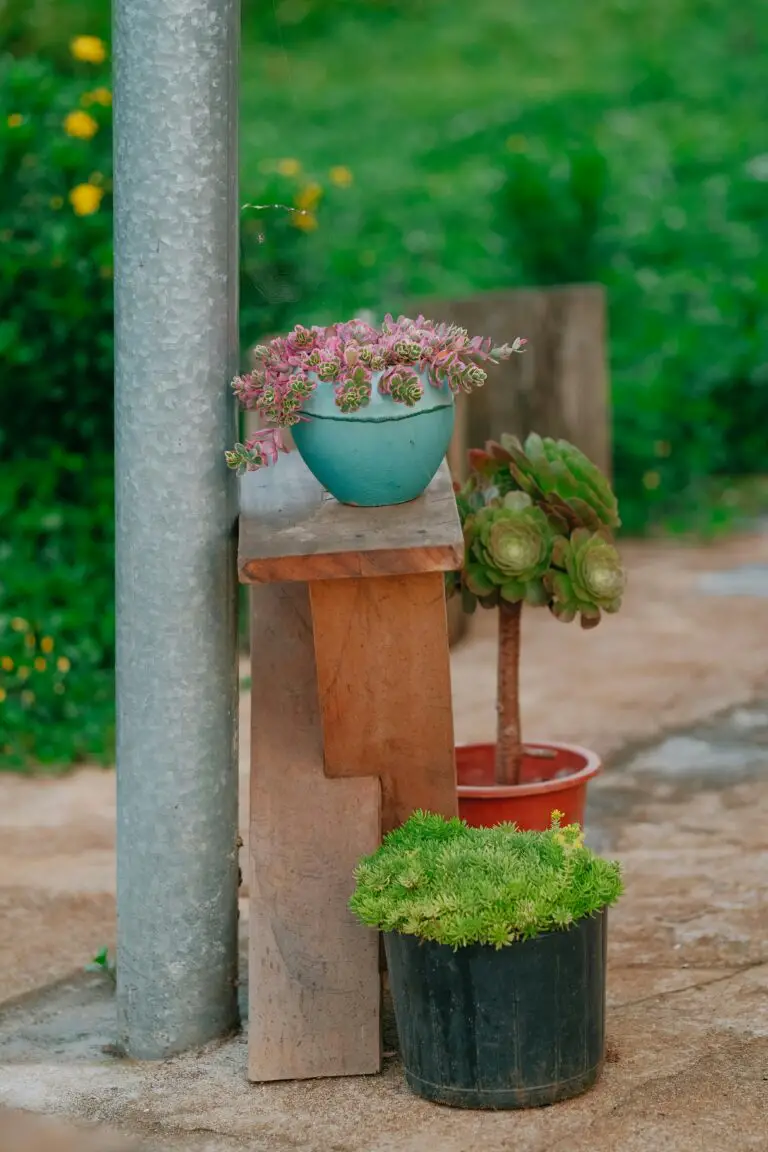
Following the spring fling, autumn arrives with a fanfare of milder days, cooling soil, and a pace that is just right. As the temperatures mellow, transplanting in autumn offers the sedum a serene setting to nestle in before the winter whisper begins. It’s like sending the plants on a restorative retreat before the frosty silence of the cold months!
Imagine the scene: a crisp morning in early fall, you, with spade in hand, are the maestro orchestrating the delicate dance of sedum from old pots to fresh soil. You’ve got a smart strategy for planting, worked out when the moon was just a slivering crescent.
Let’s break it down – spring is the prelude, where everything begins anew and sedum is eager to spread its roots. Autumn, on the other hand, is a gentle denouement, a quiet closing of the chapter where sedum can drift into dormancy with peaceful poise. So circle these seasons on your calendar and get ready for some sedum-shifting action!
How to Prepare Sedum for Transplantation
Just like a master chef painstakingly preps their ingredients before the grand cooking spectacle, your sedum deserves the same VIP treatment before its big move. Let’s roll up our sleeves and look at the essentials of getting your sedum ready for transplantation—a process that doesn’t just give it a new home but sets it up for unbridled success in its lush, new environment.
First things first: hydration is key! We want our sedum to be plush and perky, not parched and droopy. Water the plant gently a few days before the move. Think of it like quenching your thirst before a workout; we’re keeping our sedulents—see what I did there?—happy and hydrated, which makes them less shock-prone during the shift.
Next up is the pruning phase—don your garden gloves for this one. We’re not looking to give our plant a radical haircut, just a little trim to remove any dead or diseased parts. Think of it as a plant spa day: we’re removing the old, lifeless leaves to help our sedum focus its energy on taking root in its new abode.
Then, we’ve got to talk about the living foundation of our operation: soil selection. This is where your green-thumb intuition kicks in. The goal? Mimicking the native habitat of our sedum as closely as possible. A well-draining soil mix will keep the roots as cosy as a bug in a rug while preventing any soggy disasters that could lead to root rot.
Imagine if you tried to piece together a gourmet dish in a slapdash manner. Disastrous, right? That’s exactly what we want to avoid when transplanting. By ensuring our sedum is prepped just right, we’re setting the stage for a flourishing showstopper in your garden spotlight. So let’s get prepping! And remember, this is only the beginning. Stay rooted for more succulent wisdom!
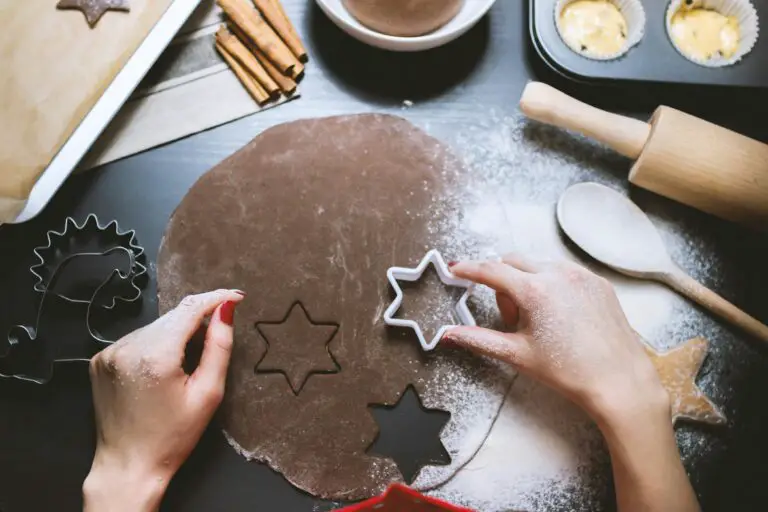
Transplanting Techniques for Optimal Sedum Health
As you wander through your garden, admiring the sturdy yet delicate sedum plants, you might wonder, “Is it time to give these beauties a new home?” Well, let’s chat about the art of transplanting sedum – it’s like a strategic game of chess where every move is aimed at claiming victory, which in this case, is a lush, thriving succulent!
First things first, timing is everything. Imagine you’re throwing a surprise party; you wouldn’t want to do it when the guest of honor is feeling down, right? Similarly, for sedum, the prime time for a change of scenery is just before their active growth in early spring or as they start to nod off in fall. This way, they’re not too sleepy nor too distracted by their growth spurts to settle into their new digs.
Now, let’s dig into the ‘how-to’. We’re not just shoving these plants around; we’re guiding them with the tenderness of a loving gardener. You’ll want to start with gently loosening the soil around the plant with a spade or garden fork, being mindful not to disturb the roots more than necessary. Think of it like tiptoeing around a sleeping baby—you want a smooth, stress-free transition.
Once your sedum is out, it’s all about the perfect landing spot. Choose a location with well-draining soil and ample sunlight, as sedums love to bask in the glow of the sun’s embrace. When placing your plant in its new home, treat it as if you’re nestling it gently into a cozy bed. Fill in around the roots with soil and press down lightly, giving it just enough of a hug to feel secure.
Finally, water your newly situated sedum with the same care you’d pour a glass of fine wine—just enough to quench its thirst without drowning it. This will help settle the soil and eliminate any pesky air pockets that might be lurking around the roots.
Remember, it’s not about a hasty relocation; it’s about ensuring your green friends have the best start in their new environment. With these techniques, your sedum will not only survive the move but will thrive with vigor and grace, ready to take on the world from their fresh vantage point.
And now, let’s take a visual journey through the process with one of our gardeners in action:
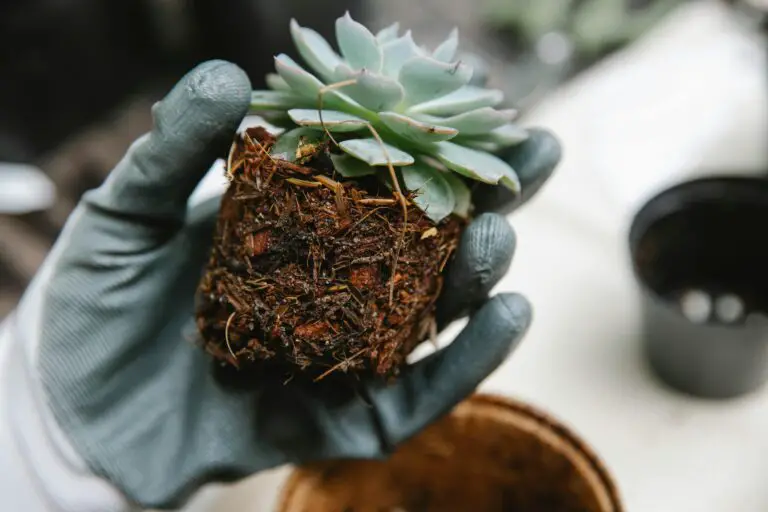
Post-Transplant Care for Sedum
So, you’ve just rehomed your sedum plant into a new abode. The transition from one pot to another—or from pot to garden—is like moving to a new city for these resilient succulents. They need some time to settle down and make the space their own. The key to helping your sedum thrive post-transplant lies in a bit of TLC that anyone can provide. Let’s dig into the aftercare essentials that will ensure your sedum quickly roots itself in its new location.
First things first, water is the lifeblood of any plant, and your sedum is no exception. But here’s where it gets interesting: sedum plants prefer the tough love approach. Overwatering can do more harm than good, leading to rotten roots—a real buzzkill for growth. Instead, aim for a watering routine that’s more of a chat over coffee than a deep conversation. A light drink to moisten the soil without flooding it is just what your sedum needs after transplanting.
Now, let’s talk sunlight. These sun-kissed beauties love a good dose of rays, but a scorching sun right after transplanting could be as overwhelming as a double shot of espresso on an empty stomach. Offer your sedum a gentle introduction to full sun, perhaps starting with partial shade and gradually nudging it into that sweet spot of bright, indirect light. This approach helps your sedum acclimate without the risk of sunburn (yes, plants get sunburned too!)
Keep a close eye on your sedum in the days following the transplant. Like a detective on a stakeout, you’re looking for any signs of transplant shock. Wilting leaves? A sluggish appearance? These could be clues that your sedum is experiencing some post-move stress. Don’t panic; with consistent care and a bit of patience, most sedum plants can bounce back from transplant shock, ready to enjoy their new home.
For a more visual guide on how to ensure your sedum’s success after transplanting, check out this helpful video:
Remember, whether it’s your first time transplanting or you’re a seasoned pro, the key is in understanding the unique needs of your sedum. Give it the post-transplant care it craves, and you’ll be rewarded with a succulent that not only survives but thrives. Now, grab your watering can and let’s get to nurturing those sedum babies!
Common Mistakes to Avoid When Transplanting Sedum
Transplanting sedum can sometimes feel like participating in a garden reality show – full of unexpected twists and potential blunders. To help your sedums ace the challenge of moving day, let’s spotlight some real-life errors gardeners often encounter and lay out the game plan to dodge these pitfalls.
Picture this: You’ve spotted the perfect spot in your garden – it’s like the VIP lounge for plants – and you’re eager to usher your sedum over. But wait! One of the classic missteps is rushing the transition without prepping the new locale. Sedum, while hardy, craves well-draining soil with just the right sunbathing privileges. Skimping on this prep work is akin to sending your succulents to a dessert buffet only to find it’s all sugar-free – disappointing and not what they signed up for.
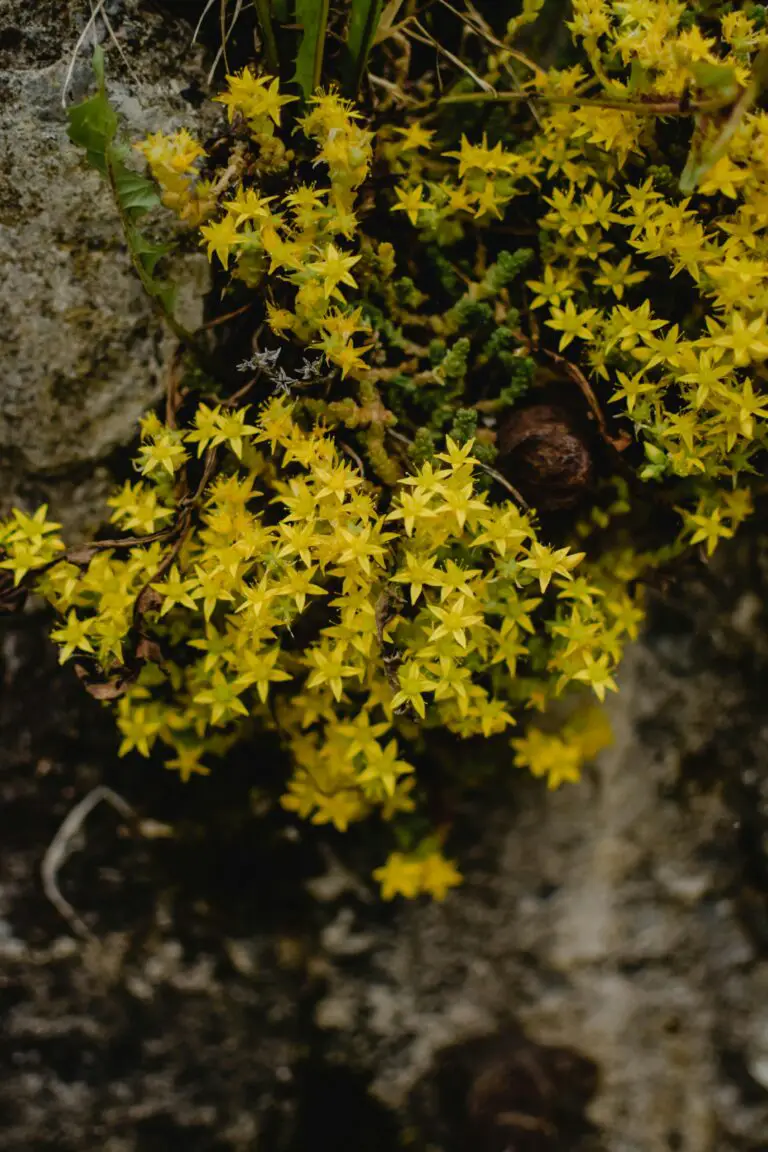
Digging into the nitty-gritty, another common faux pas is treating sedum roots like they’re auditioning for a root-bound escape act. Carelessly yanking your plant from its current pot or plot can spell drama for those delicate root systems. Gentle does it – imagine you’re conducting an orchestra of roots; each one needs to be eased out with grace and care.
And who could forget hydration? Overlooking the watering can is a blooper that leaves your sedum as parched as a soap opera star stranded in a desert scene. Here’s the simple fix: ensure your sedum gets a thorough drink before the big move. It’s like giving an actor a pep talk before their debut – it sets them up for star performance.
Moving onto timing, I’ve seen eager beavers get ahead of themselves and transplant during the heat of the midday sun. Take it from a seasoned garden director; this is not prime time for sedum’s relocation. Aim for a cooler part of the day, ideally during the sedum’s dormant period, so your green cast member isn’t wilting under the spotlight.
In essence, transplanting sedum doesn’t have to be a series of outtakes and bloopers. By sidestepping these common errors, you’re directing your succulents towards a standing ovation in their new garden scene. Remember, every root is a performer, the soil is their stage, and with the right care, the show will be a resounding success!
Frequently Asked Questions
For those of you who’ve whispered to your succulents (yes, they love a good pep talk) and pondered the right times to shuffle them to a new abode, this “Sedum Swap Scoop” is your garden gossip guide. Let’s dish the dirt on transplanting these plump pals.
Ever seen a sedum blush in the cool spring air? That’s its way of saying, “I’m ready for a real estate upgrade!” Spring and autumn, when the weather is mild, are like the housing market booms for sedum. Your green-thumb intuition might tickle you just post-bloom, signaling it’s prime time to transition your sedum to a spacious new pad with plenty of room to stretch its roots.
Can You Transplant Sedum in Summer?
Imagine you’re donning a thick wool coat in August—yikes! That’s how your sedum feels about a summer move. Though it’s a hardy soul, blistering heat can stress it out. If you’re caught in a summer squeeze, aim for an overcast day or the cool early morning. And water, water, water—it’s like the moving day pizza for your plants!
What’s the Best Soil Mix for Replanting Sedum?
Concocting the perfect soil mix for your sedum is like blending a gourmet smoothie—it craves the right mix to thrive. Think equal parts loamy earth, crunchy sand, and airy peat moss. Voila! A triple threat that ensures drainage, breathability, and just enough hug for those roots. Mix, plant, and watch your sedum strut its stuff.
Will My Sedum Survive the Winter After Transplanting?
Your succulent pal is one tough cookie, enduring Jack Frost’s nips as it awaits the spring. But transplanting during fall gives it time to settle in before winter’s chill. So, tuck it in with mulch as a cozy blanket, whisper sweet nothings about the spring to come, and it’ll slumber through winter like a champ.
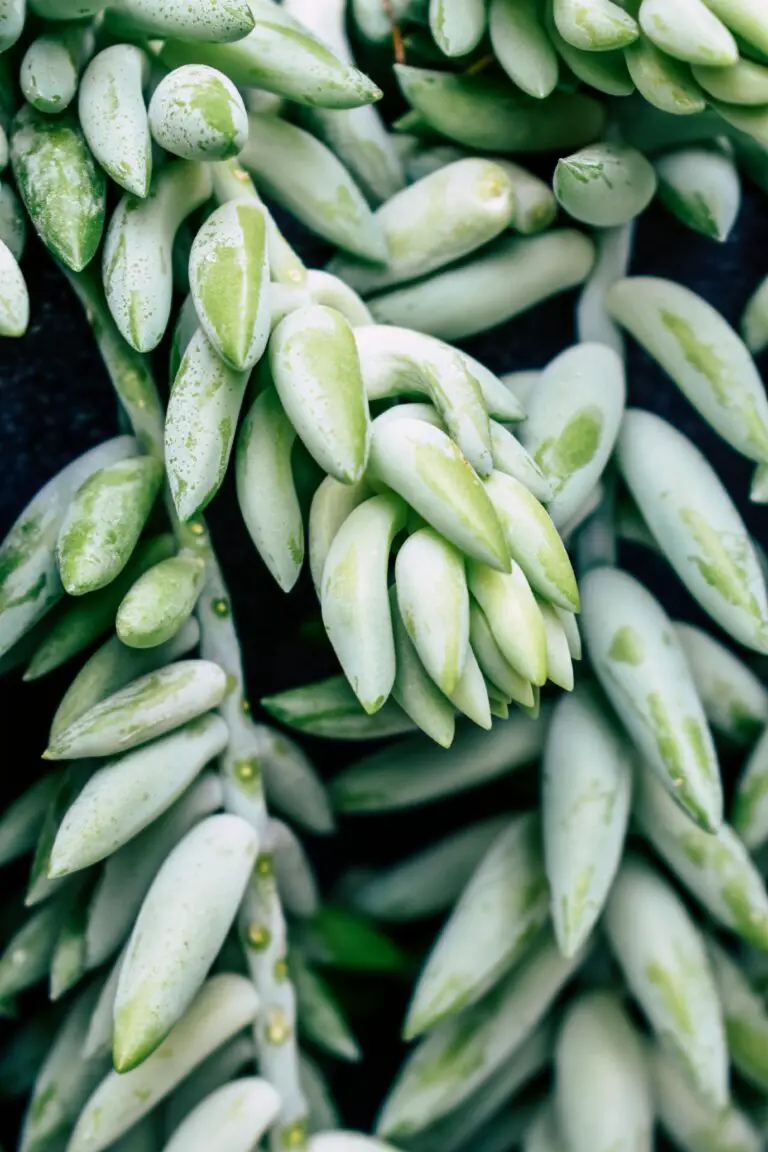
Remember, transplanting sedum isn’t just about picking the right time; listen to your plants. Like any good roommate, they’ll tell you when they’re feeling cramped, looking drab, or just screaming for a scenery change. Trust your gut, get your hands dirty, and together, create the perfect succulent sanctuary!



